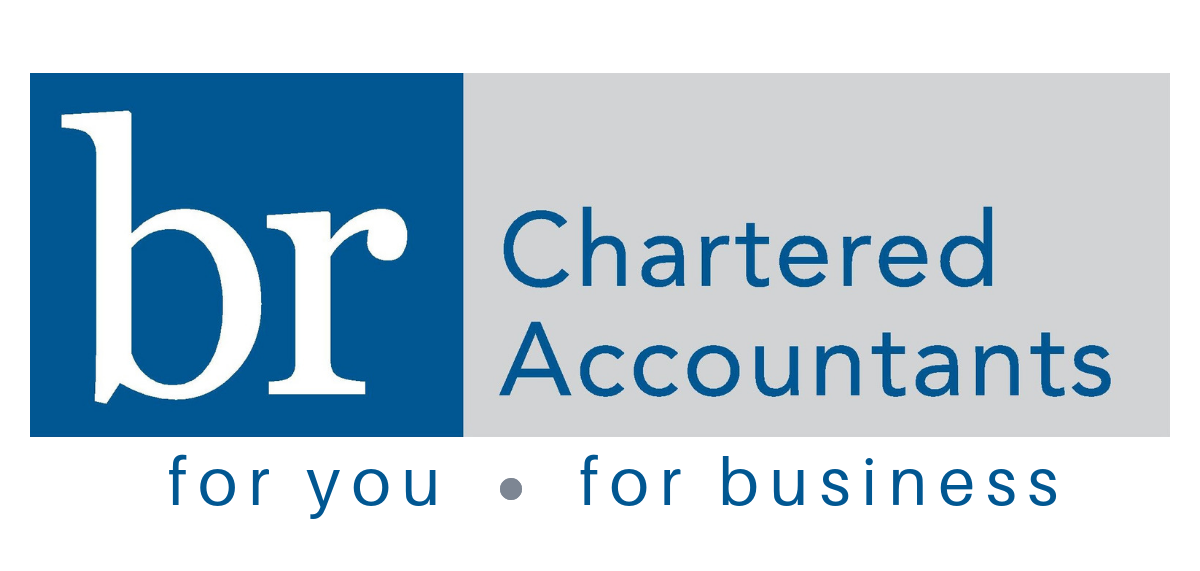Our guide to salary and dividends for limited company directors – 2019/2020
Looking for advice on profit extraction from your limited company? You’re a director and want to take a salary and dividends but are not sure of the current tax implications? We have put together a handy guide to help clarify.
This guide is just that, it’s generic and so should only be used as an example – please consult your accountant for your tax planning.
Salary
Depending on your business and employees you can consider two options for optimum salary levels for company directors.
If you are the sole director and employee within the company then the optimum amount is likely to be £8424. At this level you won’t pay any Tax or NI.
You will need to be registered as an employer and file an RTI (real-time information) return for each pay period. If you use a cloud accounting software this is a very simple process. This is acceptable to HMRC and is a perfectly legitimate approach. You will also get some National Insurance Credits – e.g towards State Pension.
Alternatively, if you have more than one director/employee within the business then it might be more tax efficient to pay a salary of £12,500 and claim the Employment Allowance, which means you’ll not pay the first £3000 of your company NI (Please ensure you check with an accountant that you are eligible).
Dividends
From April 2018, any dividends over £2,000 are subject to tax; as follows:
First £2,000 of dividends – tax free
- 5 % on dividends from £2000 – £50,000 (basic rate)
- 5% on dividends from £46,350 – £150,000 (higher rate)
- 1% on dividends over £150,000 (additional rate – your personal allowance is restricted and so you’ll need to seek advice from your accountant at this point)
So let’s calculate the tax on dividends at the salary level of £8,424
£702 x 12 from your company salary = £8,424
The first £2,000 is tax-free
The rest of your allowance is then tax-free (£12,500 – £8,424) £4,076
Total tax-free allowance on dividends is therefore £6,076
The 7.5% tax rate
So this is how it looks:
- £8,424 salary
- £6,076 + £35,500 = £41,576 dividends
- Total income: £50,000 (the lower tax bracket limit)
- Total tax on dividends (£35,500 x 7.5%) £2,662.50
The 32.5% tax rate
When your dividends exceed £35,500 you will pay 32.5% in tax.
Here’s another way of looking at it:
- Salary: £8,424
- Use up the remainder of personal allowance: £4,076
- £2,000 tax free dividend
- Dividend tax: £75 tax for every £1,000 from £6,076 up to total of £35,500
- £325 tax for every £1,000 over £35,500
Taking more than £100,000?
At this point, things get a bit more complicated and so you’ll need to get personalised advice based on your own situation; in theory for every £2 over £100,000 that you earn your personal allowance goes down by a £1. So if you earn £125,000 then you will lose the full personal allowance.
Important: This example has been put together to give you guidance but should not be used for tax planning purposes. It assumes there is no other income to consider and doesn’t account for any personal or other business circumstances that could impact your calculations. Get in touch with us via email or give us a call for more information.
Get in touch today if you’d like advice for the experts on your own situation.

